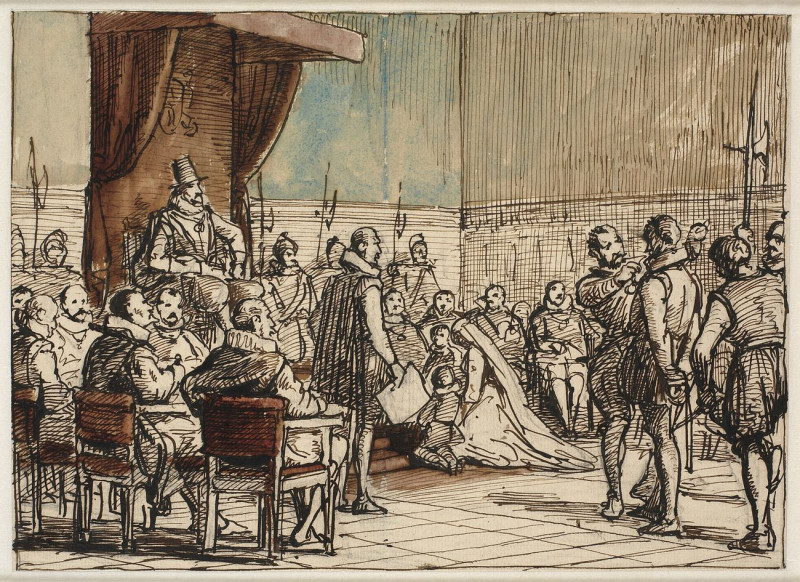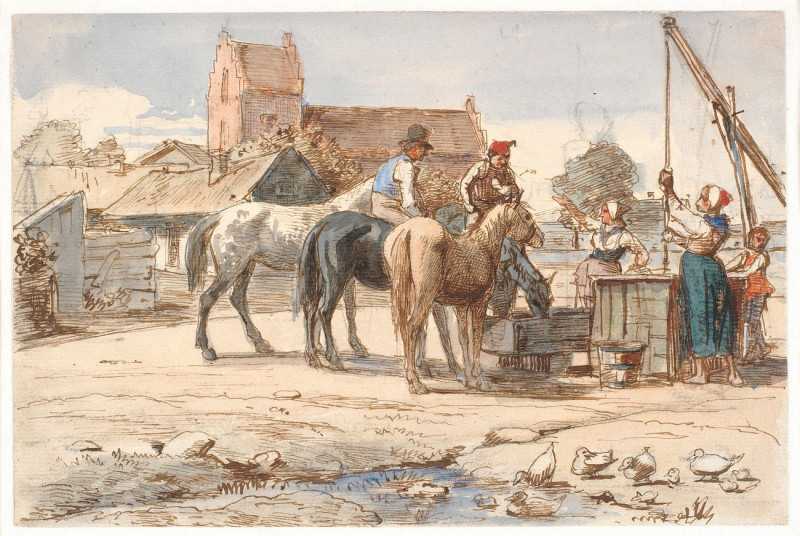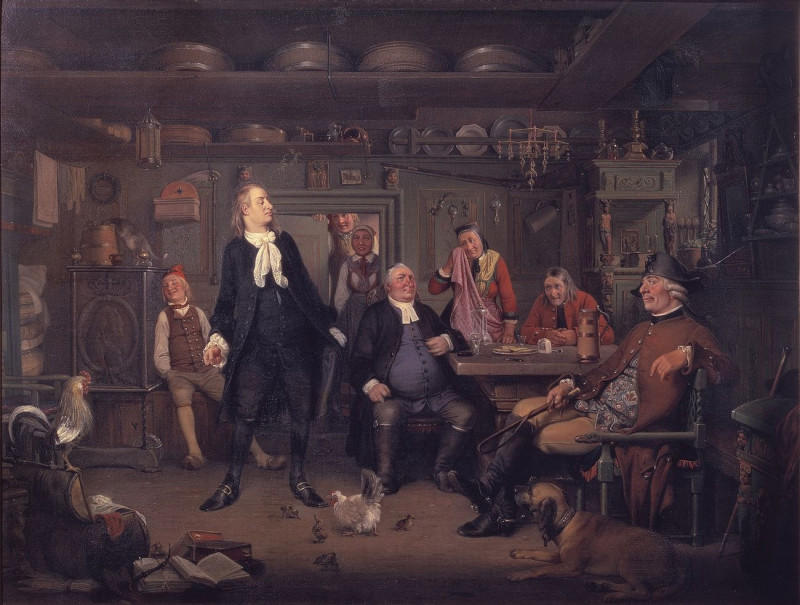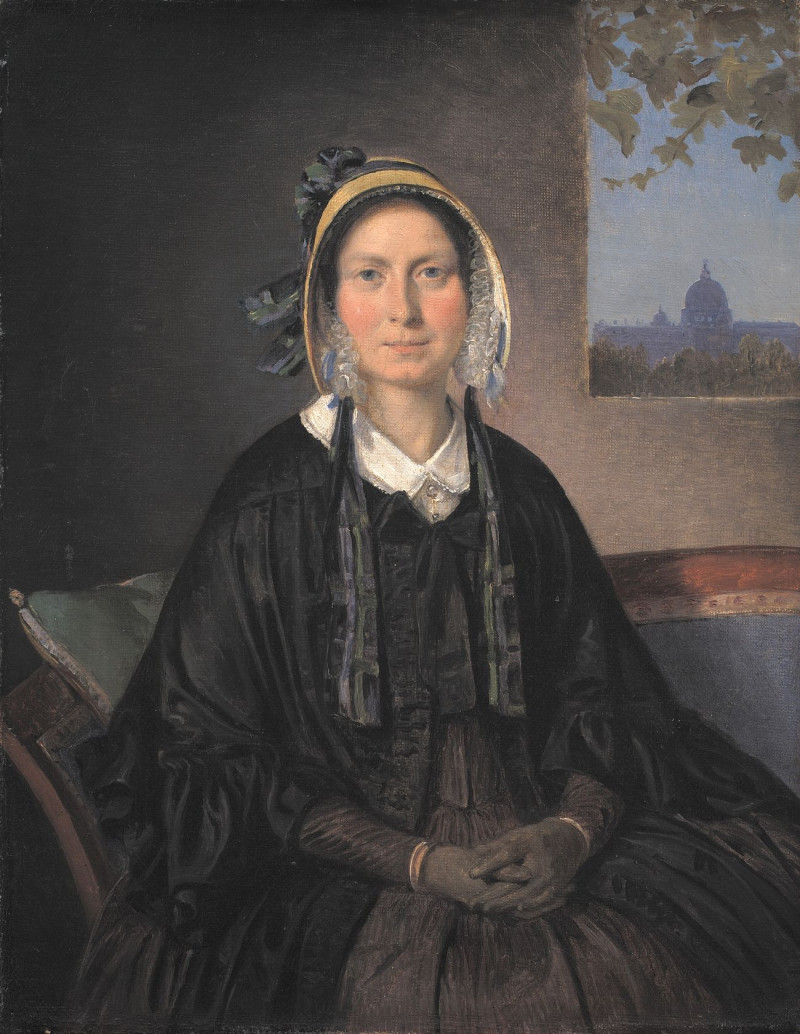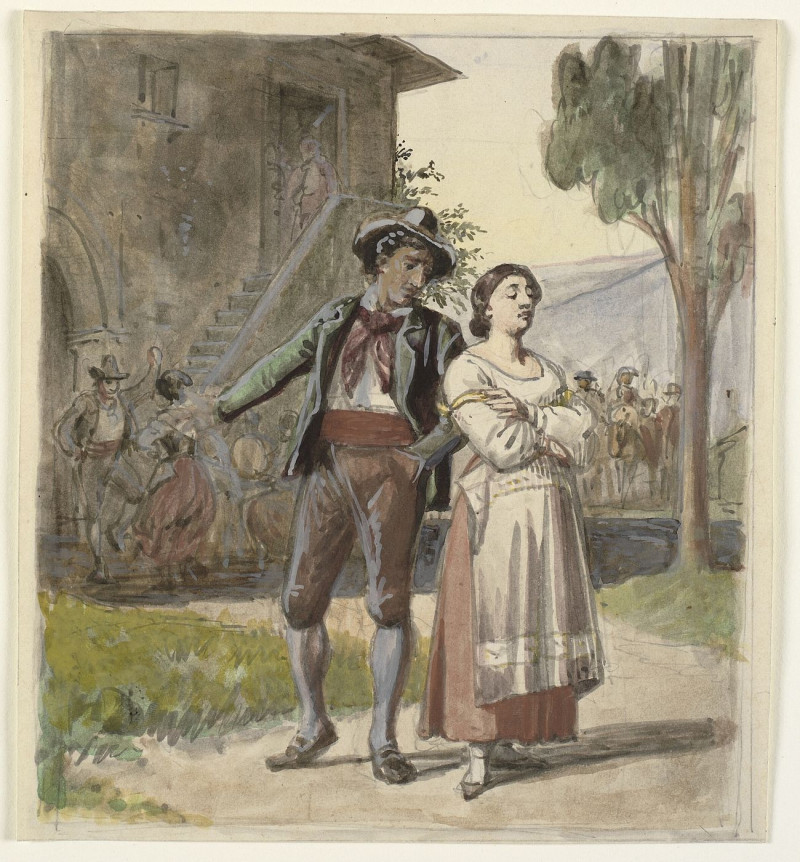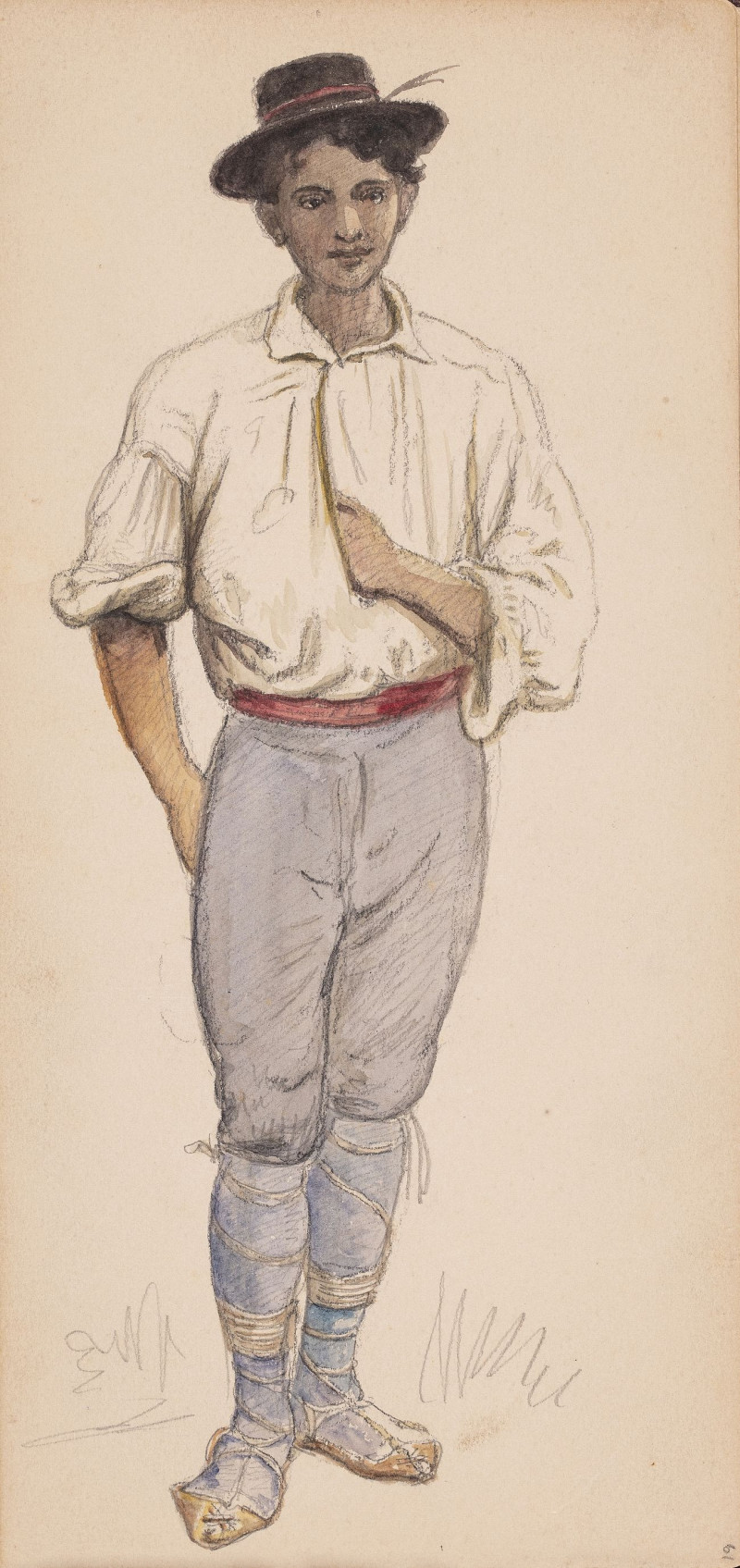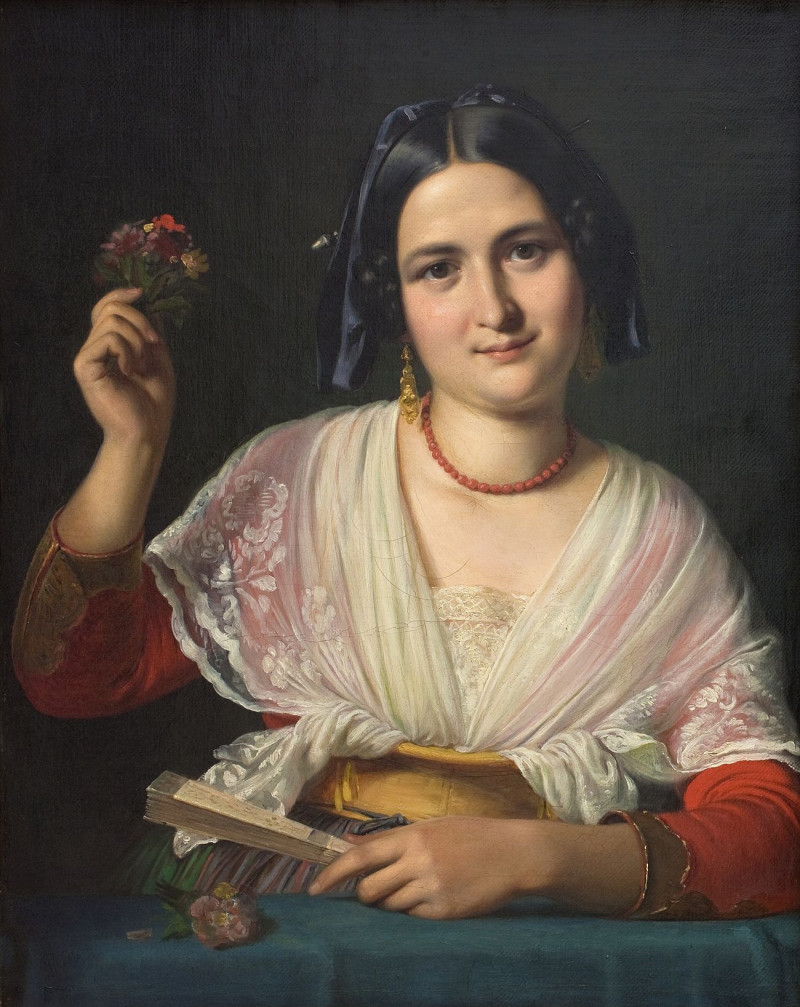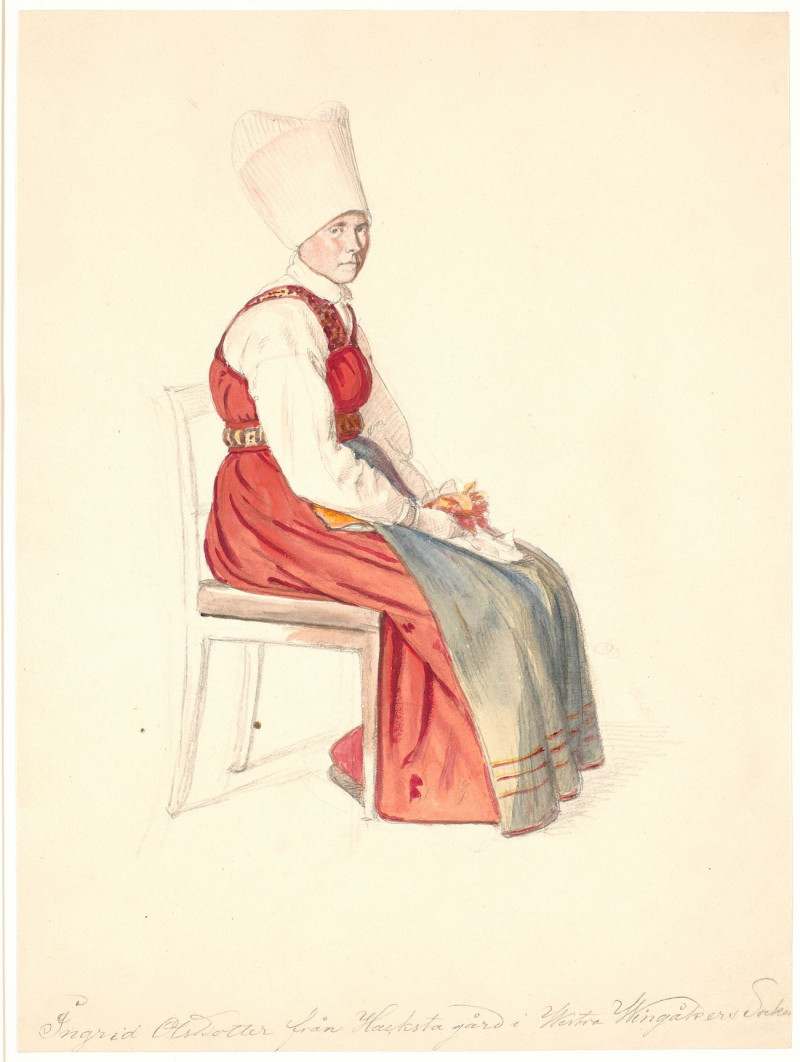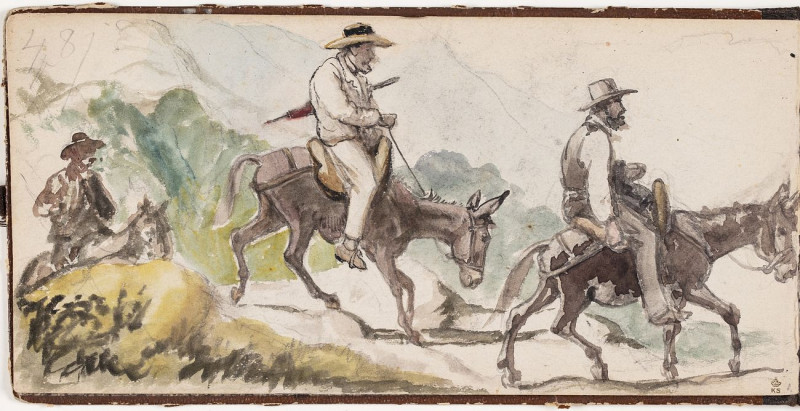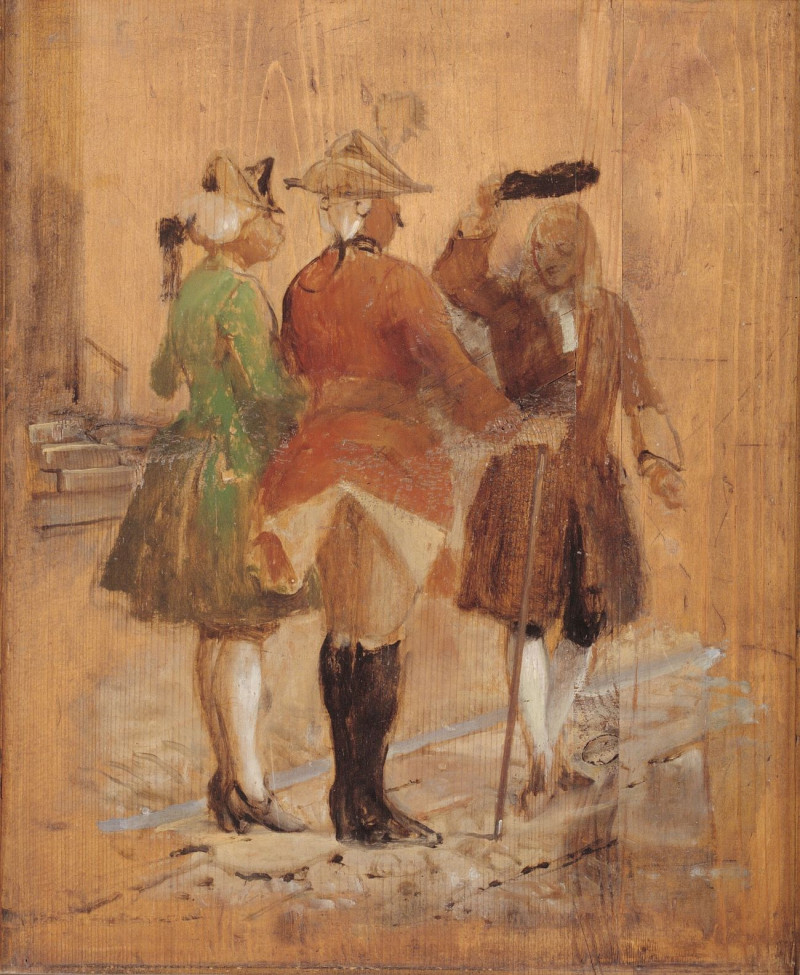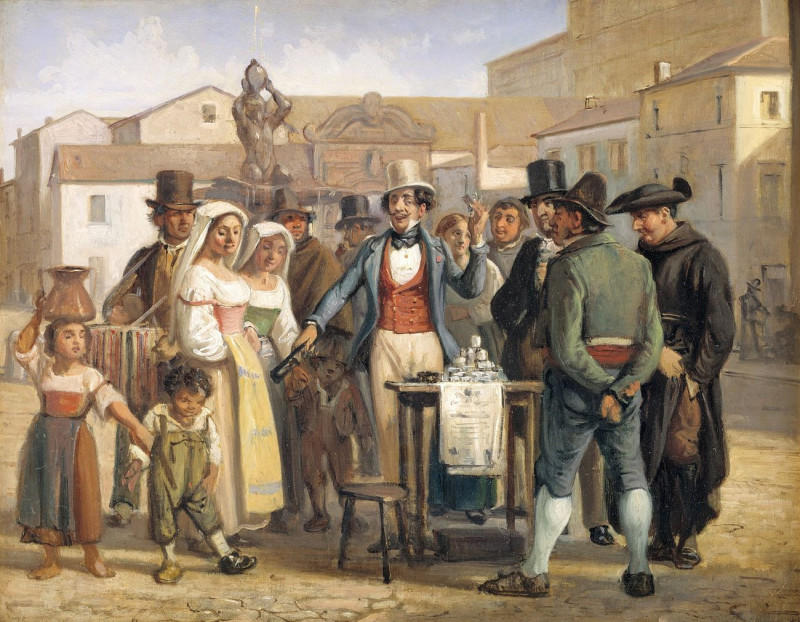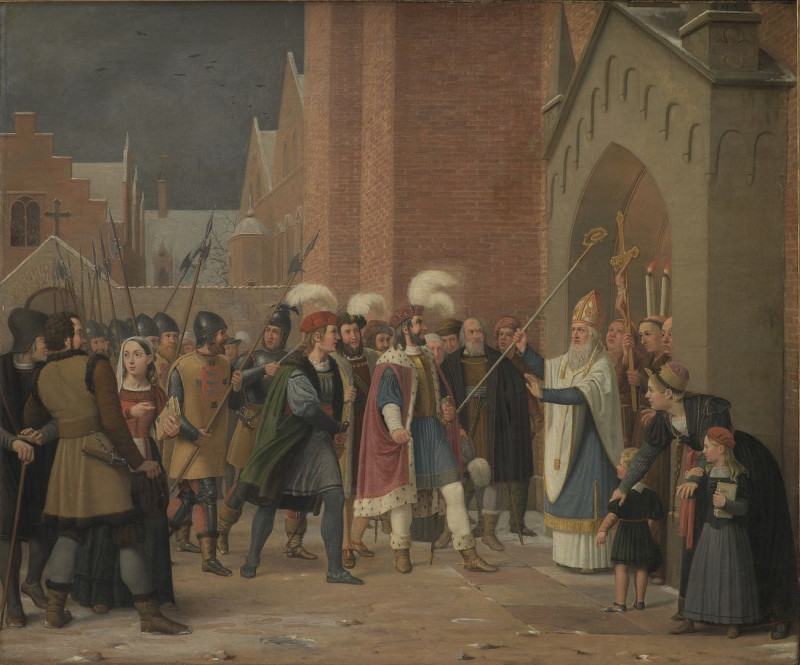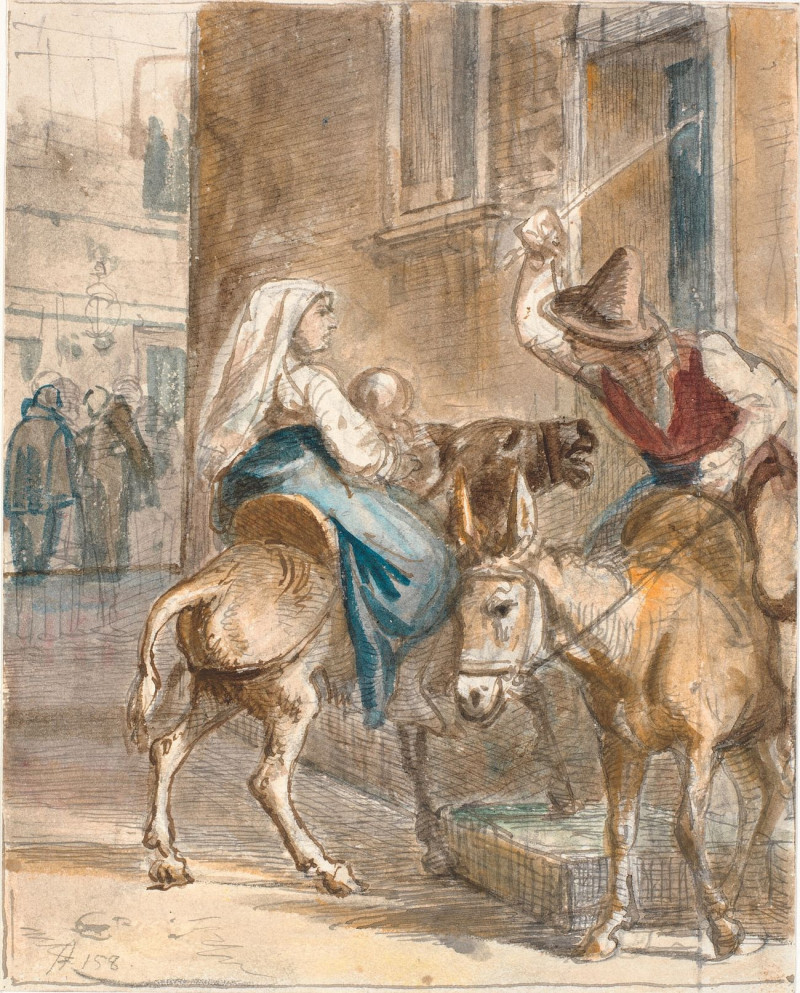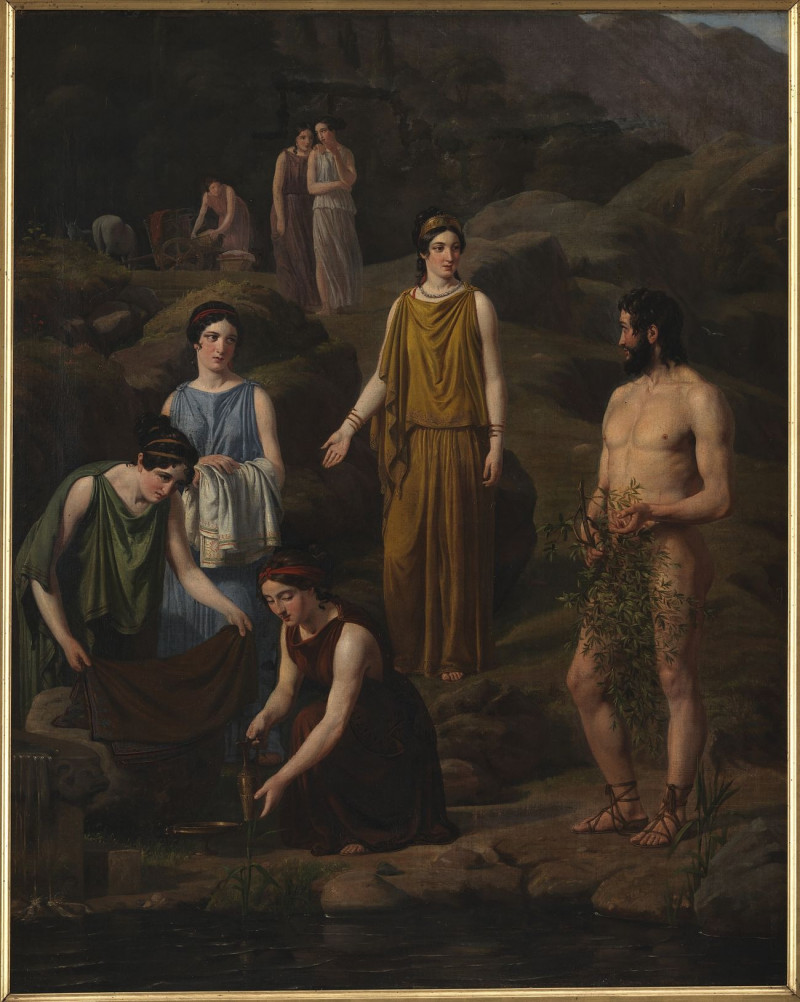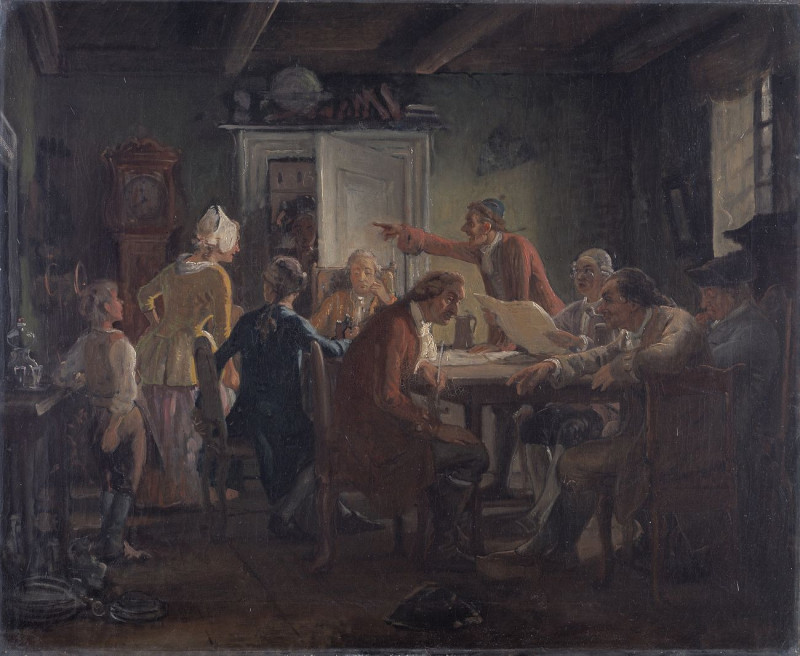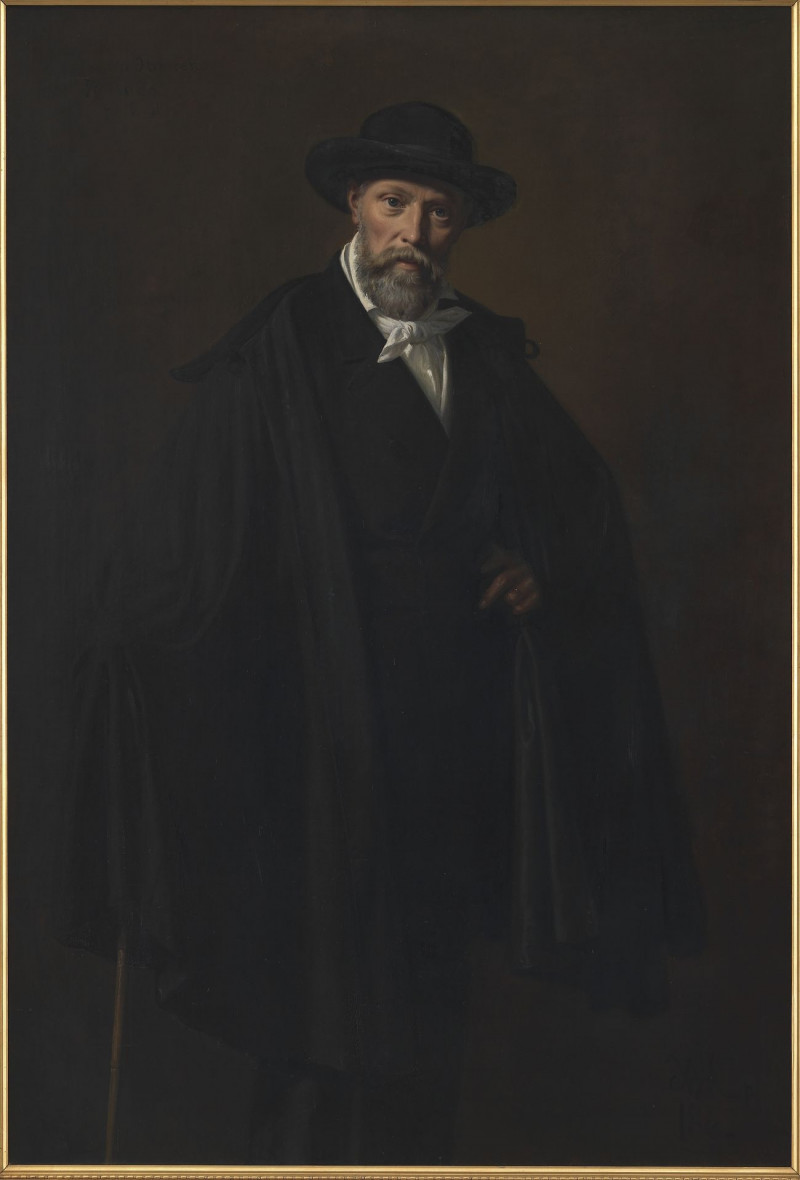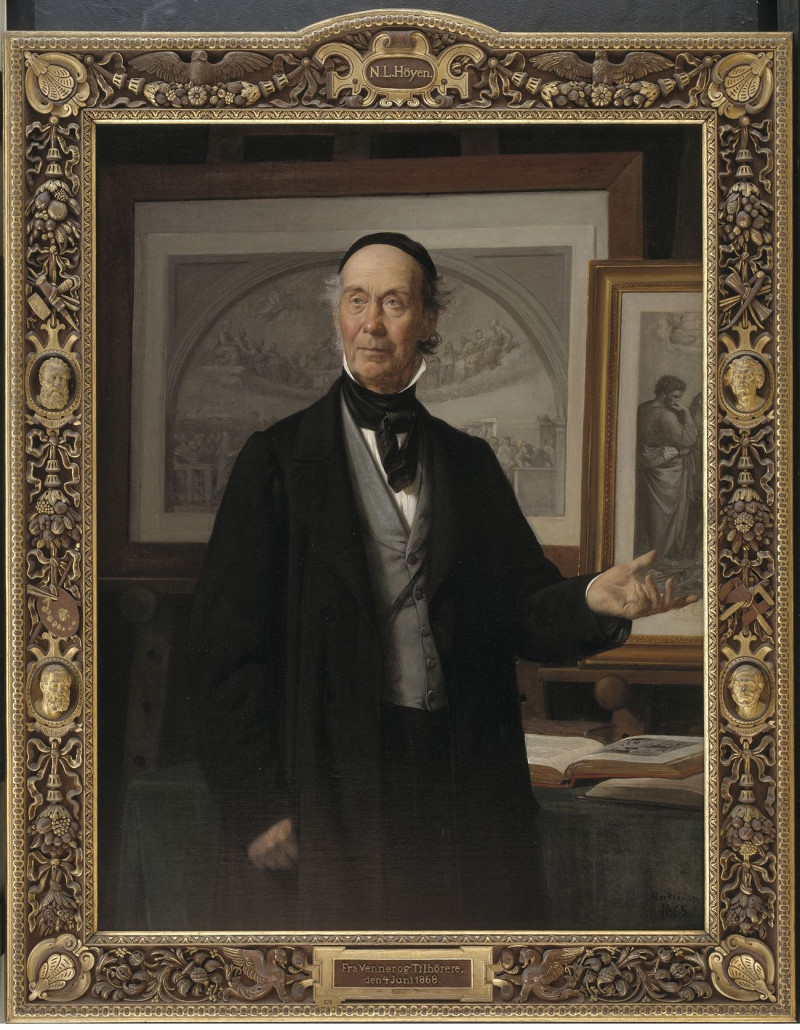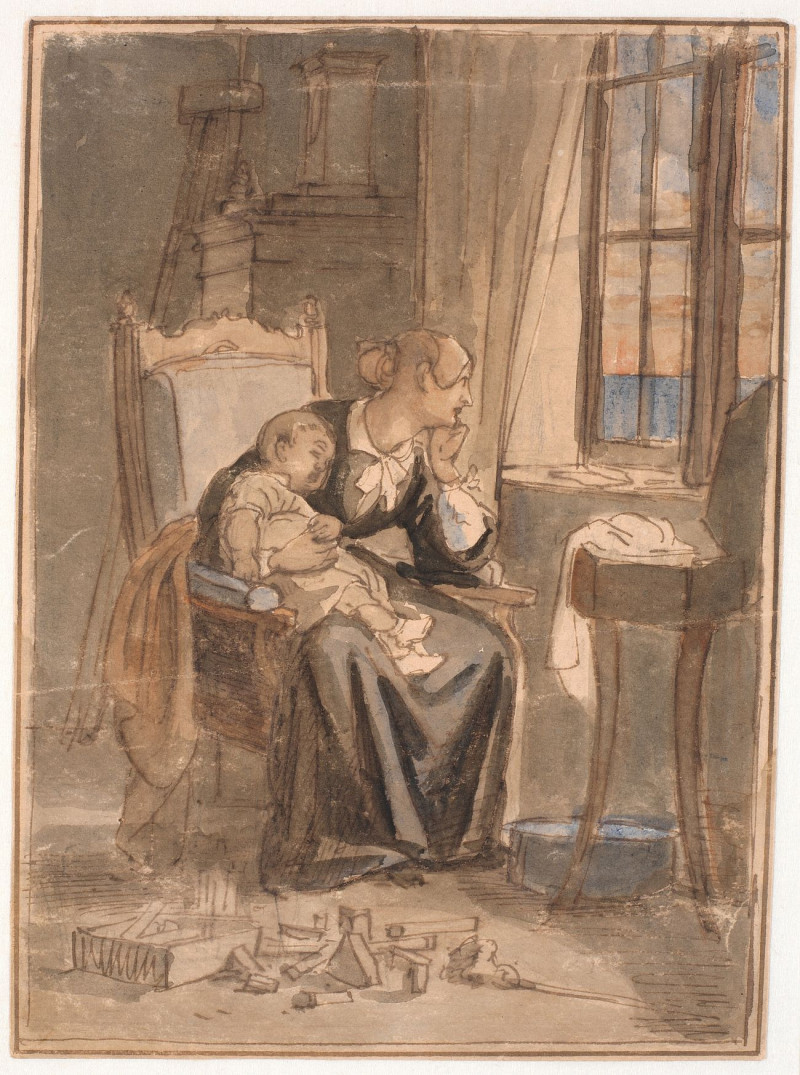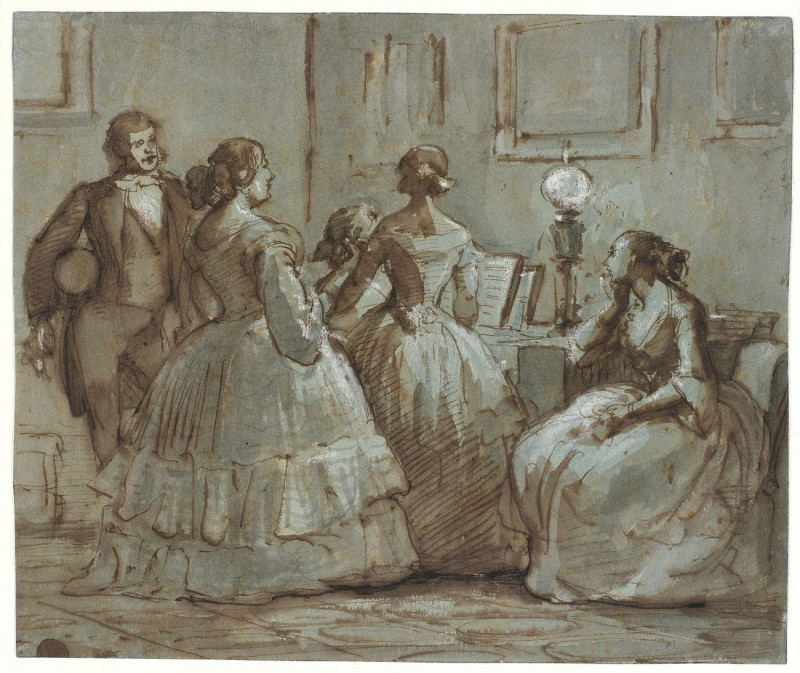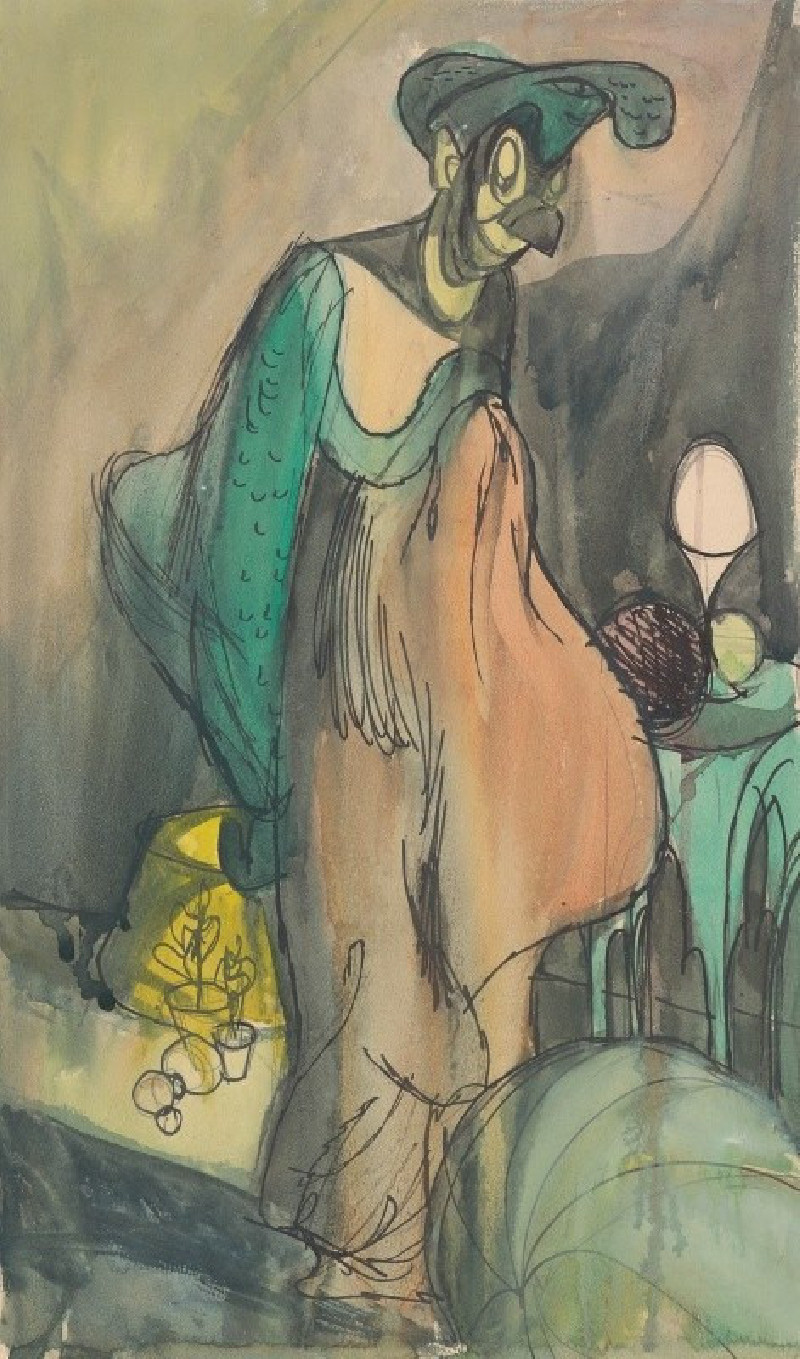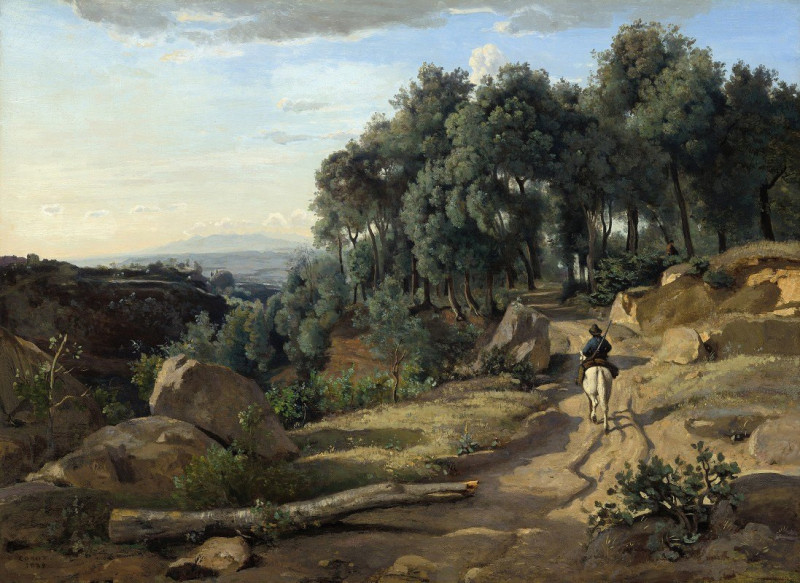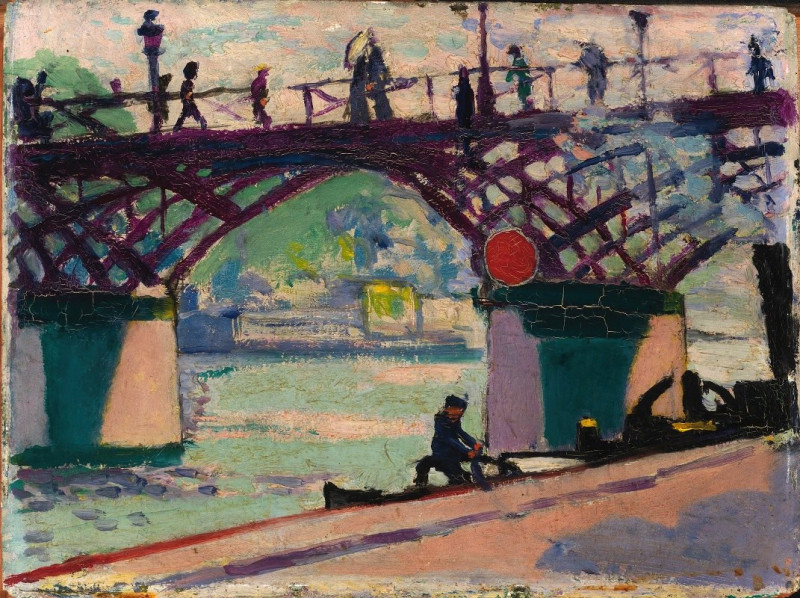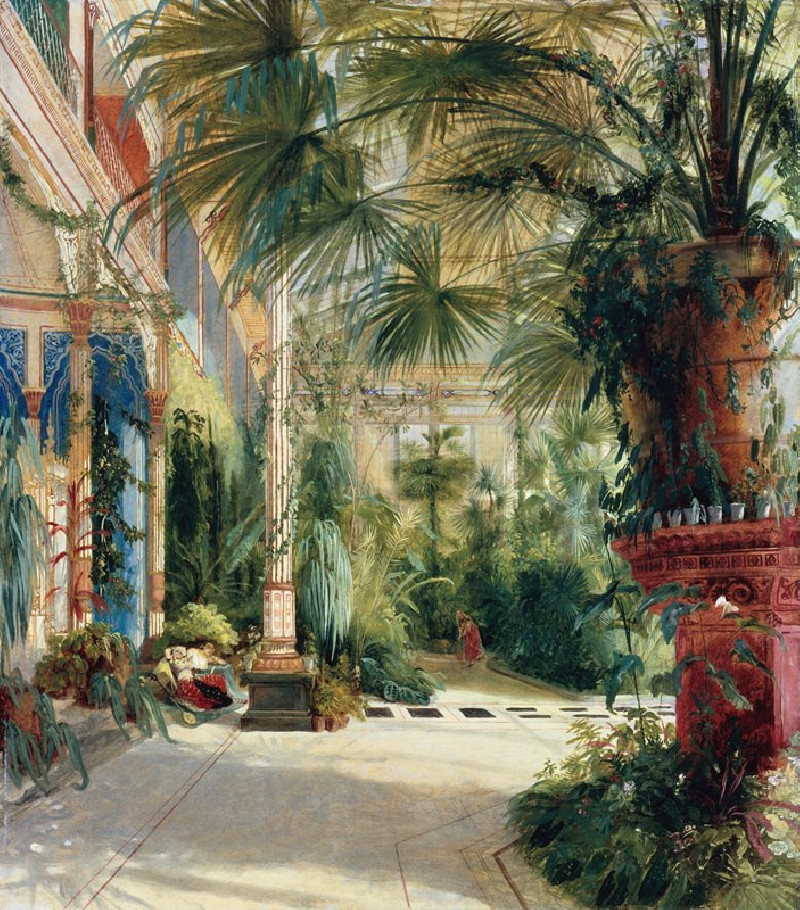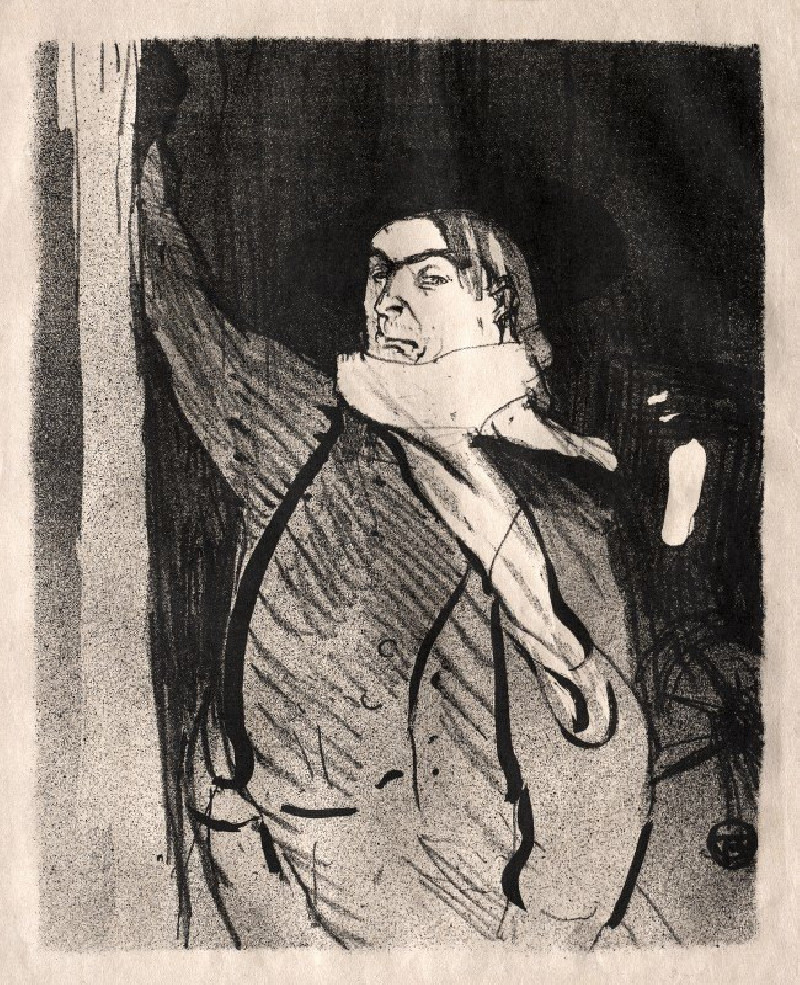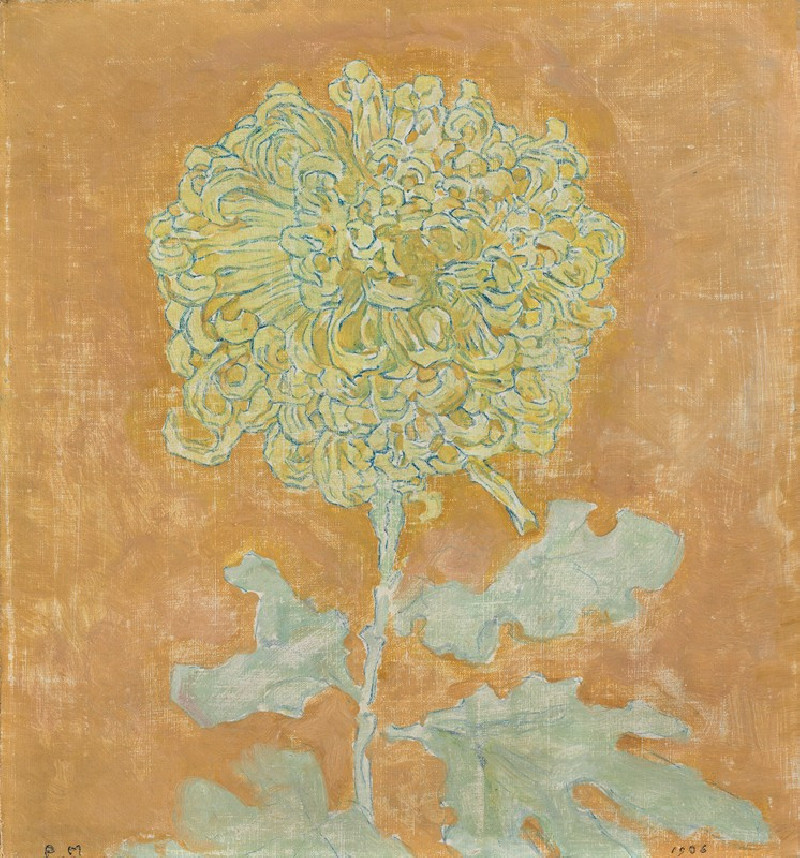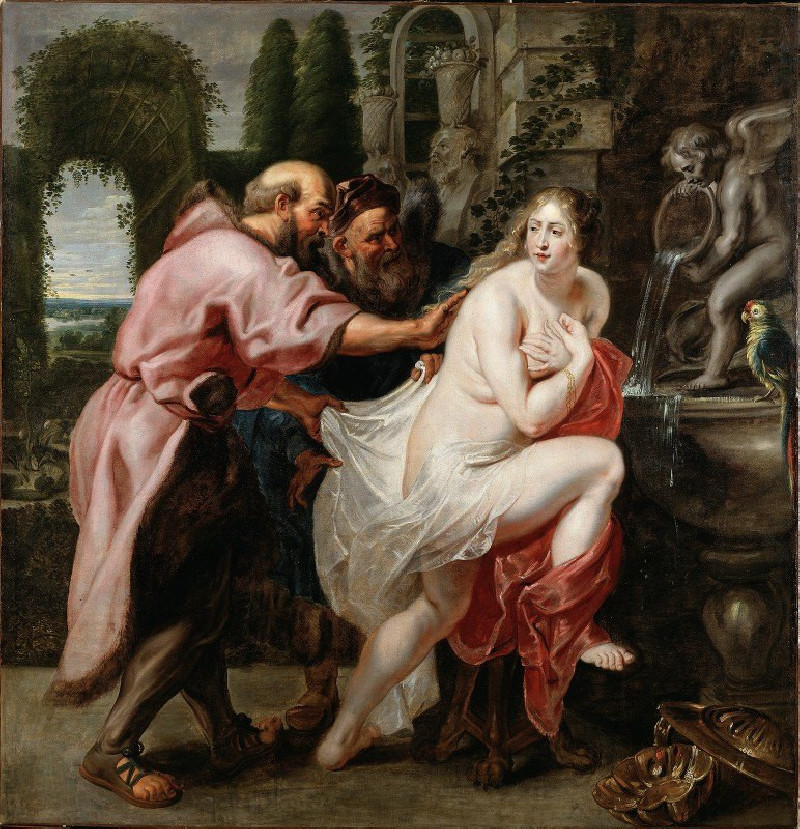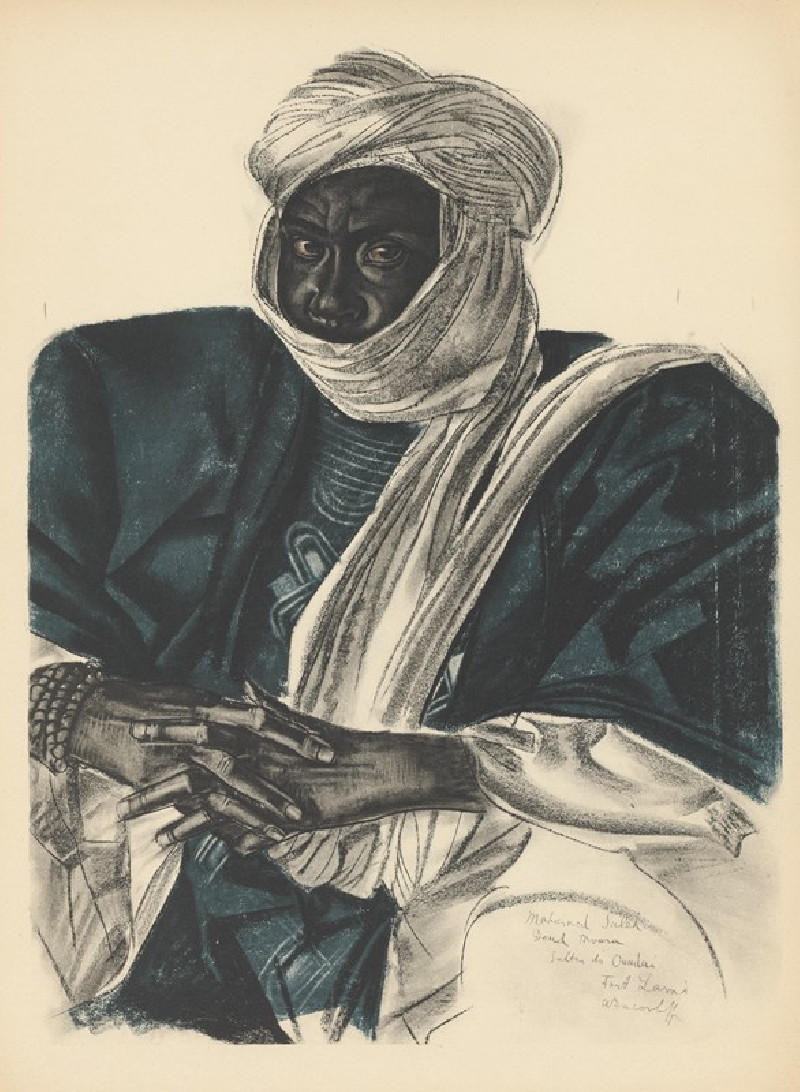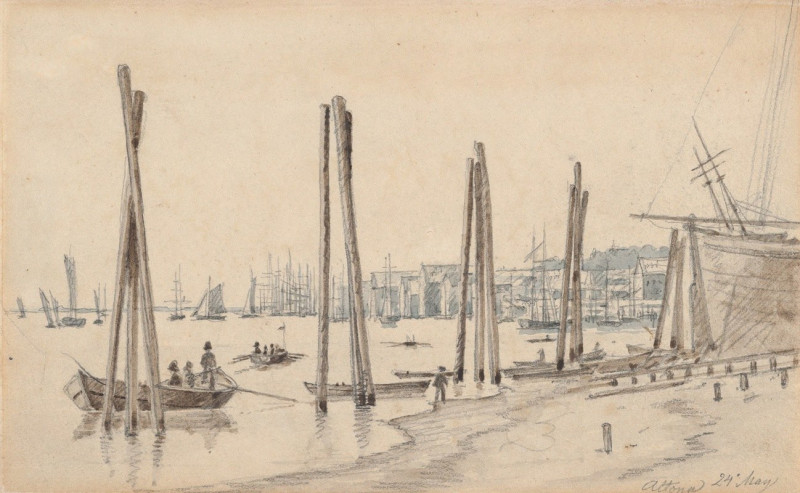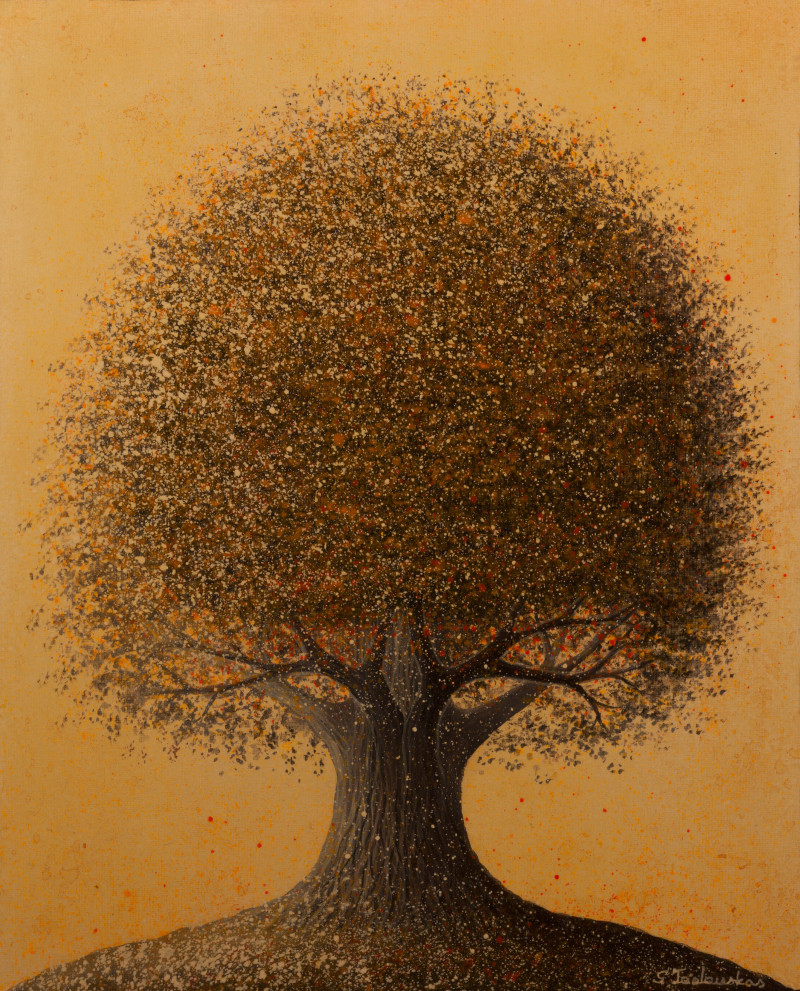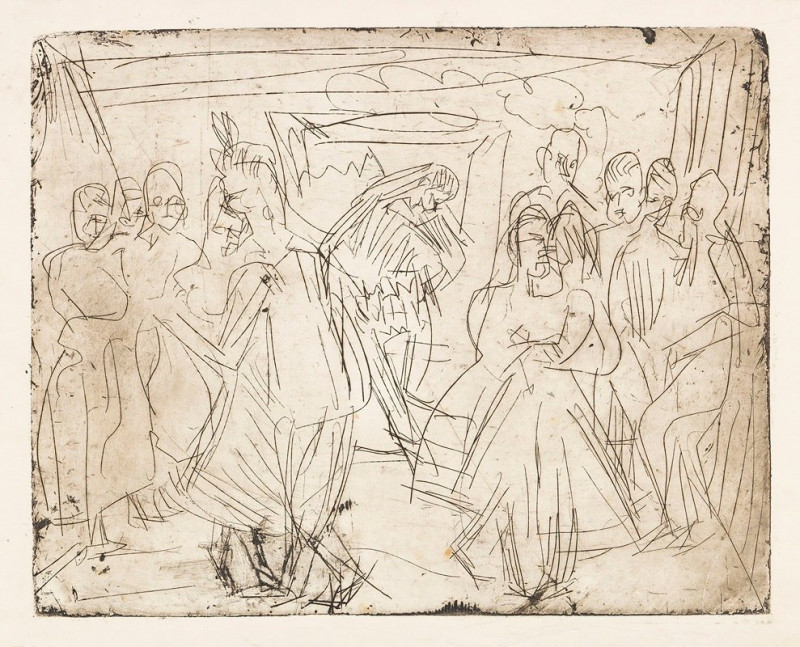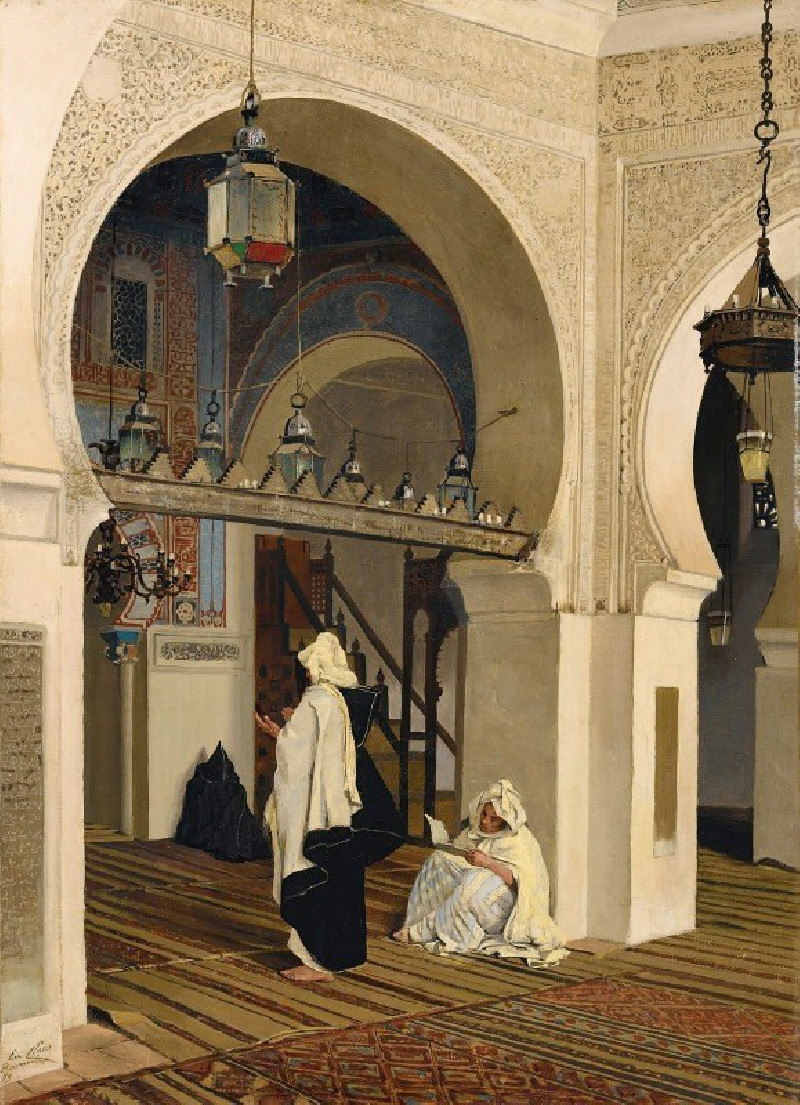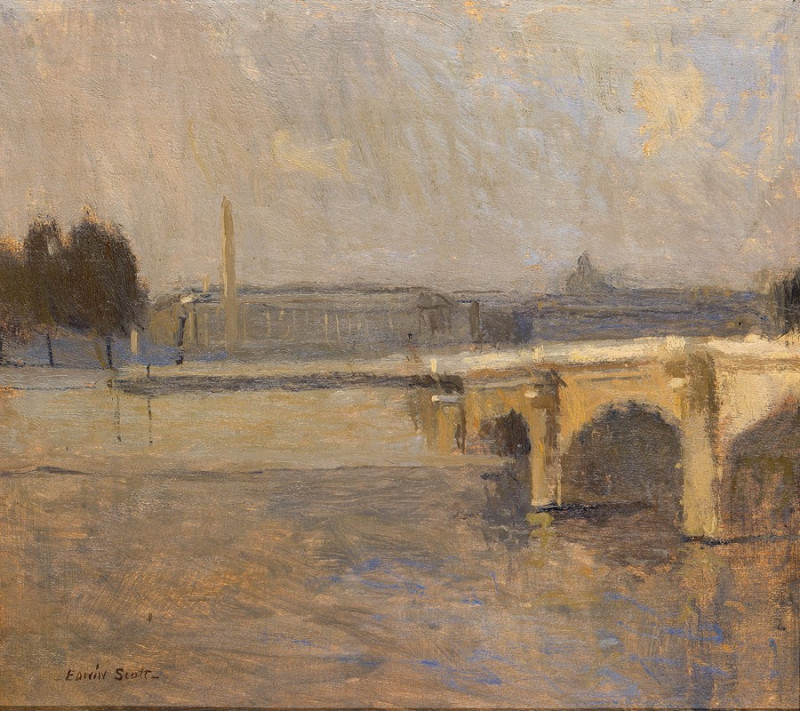Chr
More about this artwork
Delivery
Reproductions are made to order and take 5 to 7 working days.
We send them out by courier and delivery takes another two working days.
If you need a reproduction sooner, please contact us - we can usually find a solution and produce it a little faster.
If you don't want to pay for postage, you can pick up your paintings at our galleries in Kaunas or Vilnius.
Returns
Yes, reproductions can be returned.
If you have any doubts more than 30 days after the date of purchase, please contact us - we will take the reproduction back for a refund or offer you a replacement!
We accept a maximum of two returns per customer - please note that we make reproductions to order, so please choose responsibly.
We do not refund shipping expenses.
Depiction of middle-class family scenes and historical paintings by Danish Golden Age artist Wilhelm Marstrand (1810-1873). Marstrand was known for his depiction of middle-class family scenes and historical paintings, with a focus on genre painting and literary subjects. He was also a skilled portraitist, often commissioned by European families to create portraits. After spending time in Italy, Marstrand began to incorporate humorous and ironic elements into his narrative paintings and illustrations, offering a unique perspective on Italian folk life.

